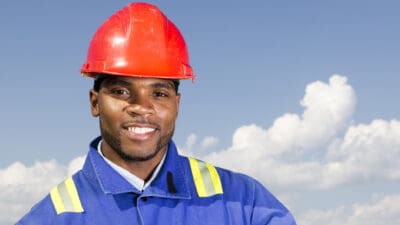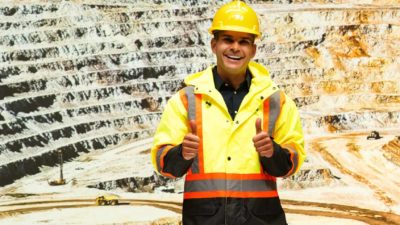The Fortescue Metals Group Limited (ASX: FMG) share price performed better than the S&P/ASX 200 Index (ASX: XJO) in March 2022.
Last month, the Fortescue share price rose by 13.8%. That compares to the ASX 200's return of 6.4%. Fortescue's return was more than double that of the ASX 200.
What could have helped the Fortescue share price?
Fortescue is one of the world's biggest iron ore miners. Changes in the iron ore price can impact investor sentiment regarding the miner.
During March, the iron ore price rose by approximately US$10 per tonne. This can lead to higher profits for miners because a change in the commodity price doesn't change the costs to extract it from the ground, so higher prices can largely add to the bottom line.
The recent Fortescue FY22 half-year result disclosed that its average revenue per dry metric tonne fell by 16% to US$95.58 per tonne, which led to the net profit after tax (NPAT) falling 32% to US$2.8 billion.
Green hydrogen progress continues
However, Fortescue isn't just an iron ore miner anymore.
It has a division called Fortescue Future Industries (FFI), which is aiming to take a global leadership position in green energy and green technology, leading the effort to decarbonise sectors that are hard to decarbonise.
FFI is investing in creating a global portfolio of green energy projects to supply 15 million tonnes per year of renewable green hydrogen by 2030.
FFI recently announced it would be working with E.ON, one of Europe's largest operators of energy networks and energy infrastructure. E.ON has 50 million customers.
Fortescue and E.ON are partnering to deliver up to five million tonnes per annum of green hydrogen to Europe by 2030.
Fortescue didn't say this announcement was market sensitive for the Fortescue share price. But, the company did make an announcement to clarify the "$50 billion expenditure" that founder Dr Andrew Forrest referred to in order to make this a reality was only a "high-level assessment".
Fortescue has only committed 10% of its net profit after tax to FFI, which was around US$1 billion in FY21.
Both partners have signed a memorandum of understanding to execute this ambition, with binding elements between the parties to deliver on this mission. Each side has committed to a research and study partnership.
FFI said:
This historic partnership marks E.ON's and FFI's broader ambition to lead the decarbonisation of Europe and to strengthen security of green energy supply at a time when Europe needs to reduce its energy dependence on fossil fuels from Russia as quickly as possible. Five million tonnes per annum of renewable green hydrogen is equal to approximately one third of the calorific energy Germany imports from Russia.
FFI said it intends for this large amount of renewable green hydrogen to be powered by Australia's "immense" renewable resources as well as its other planned global projects, which will be distributed by E.ON. The two partners have also agreed to work together to analyse what solutions could look like to solve infrastructure issues and build a secure value chain.









